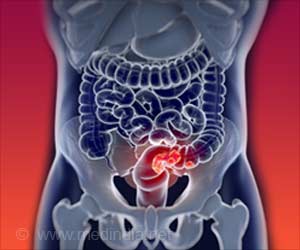Radiation therapy followed by procarbazine, lomustine and vincristine (PCV) is necessary to achieve longer survival in patients with grade 2 glioma.

TOP INSIGHT
Radiation therapy plus procarbazine, lomustine and vincristine (PCV) chemotherapy may benefit patients with low-grade type of brain tumour called glioma.
Between October 1998 and June 2002, 251 patients with low-grade glioma were enrolled in the RTOG 9802 trial. Patients enrolled were at high risk, compared to other patients with low-grade glioma, because they were 40 or older, or had a less-than-complete surgical removal of their tumor.
Patients were randomized to 1 of 2 trial arms, radiation therapy plus six cycles of PCV chemotherapy or radiation therapy alone. Before treatment, researchers conducted a pathology review on tumor samples and prepared for samples for correlative laboratory studies to assess mutational status and identify prognostic variables.
At a median follow-up time of 11.9 years, 67 percent of enrolled patients were identified as having tumor progression, and 55 percent of patients had died. Patients in the radiation therapy plus PCV chemotherapy arm had longer median survival times, compared with those in the trial arm who received radiation therapy alone (13.3 versus 7.8 years, respectively; p=0.003). Median progression- free survival time for patients receiving radiation therapy plus PCV chemotherapy versus radiation therapy alone was 10.4 years and 4.0 years, respectively. Ten-year, progression-free survival and overall survival rates for patients in the radiation therapy plus PCV chemotherapy arm versus those in the radiation therapy alone arm were 51 percent versus 21 percent and 60 percent versus 40 percent, respectively.
For progression-free survival and overall survival distributions, a difference between treatment arms became apparent only after two to four years following randomization. The favorable prognostic variables researchers identified for progression-free and overall survival included the radiation plus PCV chemotherapy arm and oligodendroglioma histology.
"Our results indicate that initial radiation therapy followed by PCV is necessary to achieve longer survival in patients with grade 2 glioma and that salvage therapy at relapse after radiation therapy alone is less effective," says Dr. Buckner. "It has also been hypothesized that other genetic alterations may be responsible for a small subset of patients whose glial brain tumors are chemotherapy-resistant. However, radiation therapy plus PCV appears to represent the most effective treatment identified to date for the majority of patients with grade 2 glioma," Dr. Buckner says.
"RTOG 9802 involves a network of investigators across the U.S. and Canada working through the National Cancer Institute's National Clinical Trials Network," says Dr. Buckner. "This trial could only have been conducted through a publicly funded national clinical trials network."
Funding for the trial was provided by the National Cancer Institute, and the trial was conducted by investigators at institutions participating in the Radiation Therapy Oncology Group, the Alliance for Clinical Trials in Oncology, the Eastern Cooperative Oncology Group and the Southwest Oncology Group.
Source-Newswise
 MEDINDIA
MEDINDIA


 Email
Email










